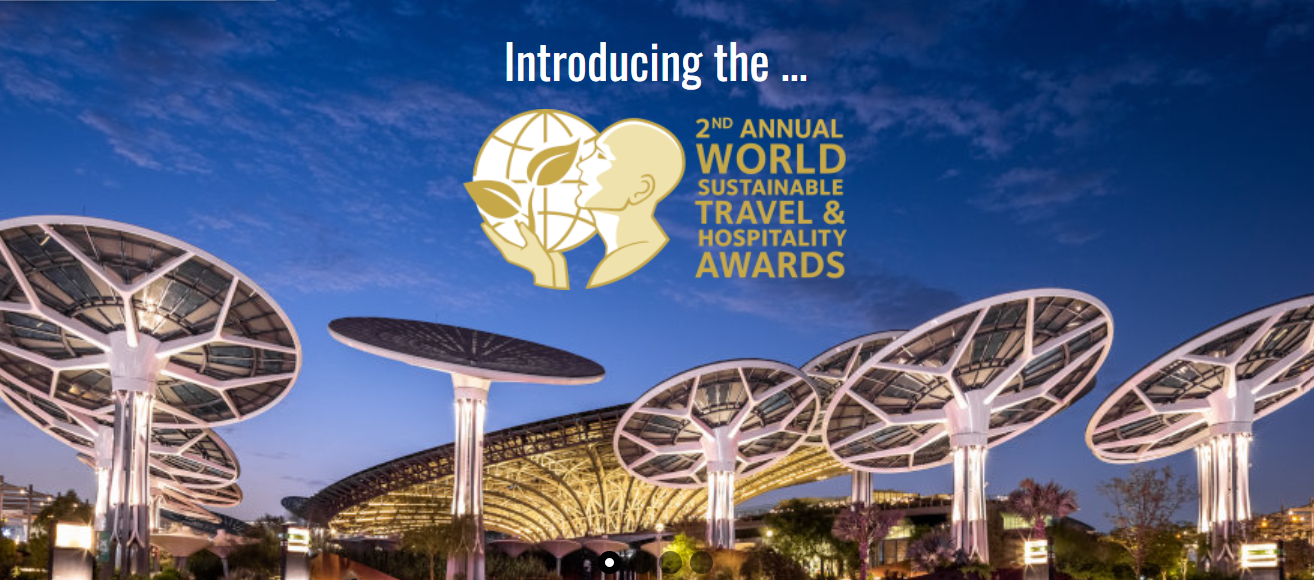A new report from the Sustainable Hospitality Alliance (the Alliance) and Greenview, highlights the destinations facing high water-related risks, particularly noting Delhi, the Maldives, Qingdao and Xian, in a new report. The Alliance’s Net Positive Hospitality pathway provides a framework to combat the issue and future-proof the sector.
A global water risk analysis for tourism is unveiled today, rating destinations around the world in terms of high to low risk with Asia, the Middle East and Africa showing the highest concentration of those at risk of water-related issues in the near future.
Launching today at the UN Water Conference in New York (scroll down to watch the event live), The Alliance and Greenview, with the support of STR (a CoStar Group Company) and Ecolab, have developed the second edition of the Destination Water Risk Index (DWRI) in a bid to prioritise action within the hospitality sector on destinations facing high water-related risks (including water scarcity). The organisations aim to help the hotel industry to understand the water-related risks where they are located, incorporate them into their strategies and so grow sustainably, responsibly, and intelligently.
The report includes guidance and tools to help businesses within the industry ensure future prosperity by taking action now against water-related risks. The index is one part of the Alliance’s wider vision of Net Positive Hospitality to create a prosperous and responsible global hospitality sector that gives back to the destination more than it takes and ultimately ensures the survival and continued growth of the industry.
What are water-related risks?
Water scarcity is a pressing issue, particularly at a regional level, that has consistently ranked among the top ten global risks. As reported by the World Resources Institute, a quarter of the world’s population already face “extremely high” levels of water stress, and this leaves them highly vulnerable to the impact of drought or increases in water use. Lack of water may severely affect businesses and local communities in a variety of ways, including increased costs of water and food, political and economic instability, reputational loss, and a reduction in revenue.
Risks assessed in the research include the physical risks of too much or too little water, the financial risk to businesses and the impact of tourism market conditions on water risk.
The report findings
The report finds that 13% of all destinations assessed globally have very high or high water risks
A total of 379 destinations across 63 countries were assessed and included in this edition of the Destination Water Risk Index. Water consumption within the industry is high and the potential for lack of water will impact negatively across the high-risk regions highlighted. The risk analysis reveals that there are four locations with very high water-related risks including:
- Delhi (India)
- Maldives (Maldives)
- Qingdao (China)
- Xian (China)
13% of all destinations assessed globally have very high or high water risks, with the majority being within the Asian, Middle East and African regions. This breaks down to 90% of destinations evaluated in the Middle East and Africa and 33% of destinations assessed in Asia Pacific. The results also show that Europe and the Americas both contain destinations with high water risk.

25 destinations across Asia Pacific have a very high or high water risk

17 destinations across Africa and the Middle East have a very high or high water risk
Water action within the industry
Using the tools and guidance provided, owners within the sector are encouraged to make water stress a key factor in their planning and development process for destinations with moderate and higher-risk levels. This includes destinations in India, Australia, China, the US, and several others across the Middle East, Europe and Africa. Building design should incorporate high-efficiency water systems (such as low-flow showers, toilets, taps, etc.) and water-saving features (such as an automatic rigid pool cover, automatic sprinklers etc.).
Operators are advised to regularly monitor water consumption and an action plan for improvement is essential, particularly in destinations with High and Very High risks in metrics including baseline water stress, water intensity litres per OCRM, and population.
The hospitality industry has developed a programme for hospitality businesses to take into account this pressing issue within their operations. Earlier this month the Alliance launched its latest Pathway to Net Positive Hospitality, a live resource and guidance to help both owners and operators understand and manage their impact, including water use, in a more sustainable manner. The guidance sets out the key ambitions and milestones combined with tools and resources to support the implementation towards Net Positive Hospitality.
Glenn Mandziuk, CEO of the Sustainable Hospitality Alliance, said:
“Our vision of Net Positive Hospitality encourages every part of the hospitality industry to understand the interconnectedness of people, planet, place and prosperity, and ensure they are contributing towards a better future for all, as well as ensuring the survival of businesses within the sector. Water stress presents a key example where hotels need to strongly consider how their future developments, operations and even supply chain choices have very real consequences on the resources of the local populations where they are based. Incorporating water stewardship strategies into corporate plans will not only ensure sustainable growth and prosperity of the industry, but will make a positive impact for the long-term health of our communities and people. The launch of our latest Destination Water Risk Index, along with the guidance on how this data can incorporated into strategic plans, I hope will be welcomed by the sector as we support and guide the industry on addressing and acting on this pressing problem.”
Eric Ricaurte, CEO of Greenview, said:
“The threat of water scarcity is no longer a distant concern—it’s a business reality that demands attention, especially given the projected growth of our industry. We are excited to be part of this project and lend our expertise and data synergies. Our goal is to help hotels and destinations better understand the risks associated with water scarcity and provide actionable recommendations on how to mitigate those risks. This report is a valuable tool for anyone looking to make progress on their sustainability journey.”
Watch the UN World Tourism Organization side event, at the United Nations Water Conference, where our CEO, Glenn Mandziuk, will be announcing the DWRI
Thursday 23rd March, 18.30 – 19.45 EDT / 22.30 – 23.45 GMT



